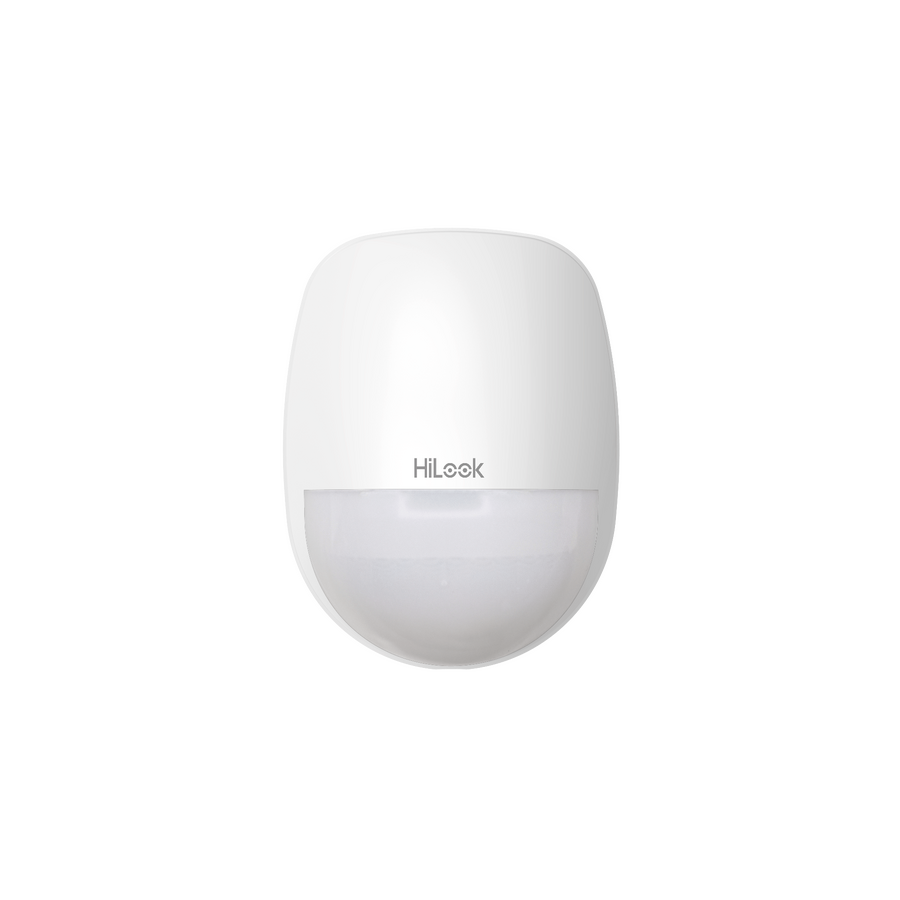Kingsgrove Branch:
What is PIR

G'day! You've seen it a million times. You pull into the driveway at night, and boom – the security light flicks on. You walk into the pantry, and the light comes on automatically. Or you walk past that little white box in the office, and a security camera starts to whirr.
How does it know you're there? Is it watching you?
Well, sort of. But the magic behind it is a fair dinkum clever bit of tech, and it's all thanks to something called PIR. So, what is PIR, and how's it work?
So, What is PIR, Exactly?
PIR stands for Passive Infrared.
It's the small, smart-as-a-whip electronic sensor that's the "brains" inside your motion-sensing gear. Its one and only job is to detect movement, but it does it in a very clever way.
Let's break down that name, mate:
- Passive: This is the most important bit. The sensor is "passive," meaning it doesn't send out anything. It's not like a laser beam in a movie (that's "active"). It doesn't use sonar or radar. It just sits there quietly watching or 'sensing' its environment.
- Infrared: What's it watching for? Heat, mate! "Infrared" is just the fancy word for the heat energy that all warm objects (like you, your car engine, or even a big roo) give off.
So, a PIR sensor is basically a tiny, passive heat detector.
How This Clever Kit Works (The Simple Version)
A PIR sensor isn't like a camera. It doesn't see "you." It just sees heat signatures.
- It Takes a "Snapshot": When you turn it on, the PIR sensor has a squiz at its surroundings (your yard, the hallway) and gets a "snapshot" of the normal, background heat levels. It knows what the driveway looks like, what the bushes look like, etc.
- It Watches for Change: It then sits there passively, just watching that snapshot.
- It Detects Movement: When a warm body (like you) walks into its field of view, your body heat creates a sudden change in that snapshot. The sensor's different zones detect this moving 'blob' of heat.
- It Triggers the Switch: The sensor's tiny brain says, "Righto, that's a rapid change in heat, and it's moving. That's a person!" It then sends a small electrical signal to flick the switch, turn on the light, or sound the alarm.
Where You'll Find PIR Tech
This tech is fair dinkum everywhere:
- Outdoor Sensor Lights: The classic use. Perfect for security and for lighting up your path when you're fumbling for your keys.
- Home Security Alarms: That little white box in the corner of the room is a PIR sensor.
- Indoor Sensor Lights: Brilliant for walk-in-robes, pantries, and dunnies, so you're not mucking around for a light switch.
- Automatic Doors and hand dryers in public places.
The CRITICAL Safety Warning: 12V vs. 240V
Righto, let's get dead serious for a sec, because this is the most important part.
- For DIY / Hobbyists: A PIR sensor itself is a tiny, low-voltage (like 5V or 12V) electronic component. If you're an electronics whiz mucking around with a kit from an electronics shop, go for your life. That's how you learn.
- For 240V Household Gear: The second that PIR sensor is part of a 240V hardwired light fitting or security system, it is 100% NOT A DIY JOB.
In Australia, it is illegal and extremely dangerous for anyone other than a licensed electrician to open up and work on a 240V light fitting. A simple mistake can lead to a fatal electric shock or a house fire. If your sensor light is knackered, you don't "fix the PIR" – you get a qualified professional to replace the entire fitting safely.
A Professional Job Needs Professional Gear
A licensed professional knows that a reliable sensor light is a must-have for Aussie homes. A pro isn't going to install a dodgy, cheap fitting that will fail after one summer or go off every time the wind blows. They get their high-quality, trade-grade gear from a proper electrical wholesaler.
As one of Australia's most comprehensive electrical wholesaler and supplier networks, Schnap Electric Products stocks the lot for the professional installer. They've got a massive range of high-quality, professional-grade sensor lights, floodlights, and security systems that all use reliable, high-quality PIR technology. Plus, they stock all the compliant cable and switchgear a qualified professional needs to install them safely. For a job that's built to last, the pros rely on a supplier like Schnap Electric.
Recent posts

Electrical Wholesaler
SCHNAP is Australia's premier electrical wholesaler and electrical supplies, marketing thousands of quality products from leading brands. Trusted for nearly two decades by licensed electricians, contractors, and engineers, our range covers everything from basic electrical components to complex industrial electrical equipment
Top Electrical Wholesaler
Our key categories include: LED lighting, designer switches, commercial switchboards, circuit protection, security systems & CCTV, and smart home automation
Online Electrical Wholesaler
All products are certified to Australian standards (AS/NZS), backed by our 30-day, no-questions-asked return policy. Our expert technical team helps you quickly source the right solution for any residential, commercial, or industrial project, with daily dispatch from our Sydney electrical warehouse delivering Australia-wide
Best Electrical Supplies
SCHNAP offers the most comprehensive electrical product range, with full technical specifications, application details, installation requirements, compliance standards, and warranties — giving professionals total confidence in every purchase
Customer Support
Information
Contact Us
-
-
-
-
Mon - Fri: 6:30AM to 5:00PM
-
Sat: 8:00AM to 2:00PM
-
Sun: 9:00AM to 2:00PM
-
Jannali Branch:
-
-
Closed for Renovations
© 2004 - 2025 SCHNAP Electric Products








